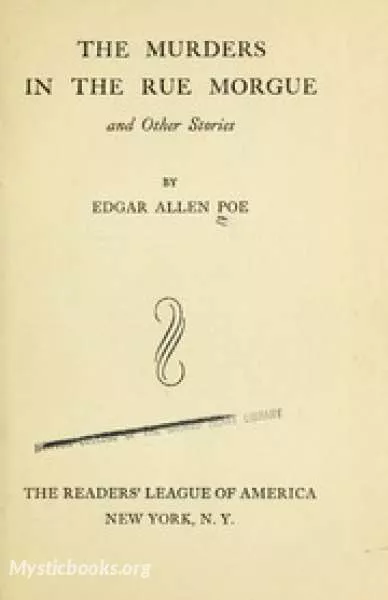
The Murders in the Rue Morgue
'The Murders in the Rue Morgue' Summary
The unnamed narrator of the story opens with a lengthy commentary on the nature and practice of analytical reasoning, then describes the circumstances under which he first met Dupin during an extended visit to Paris. The two share rooms in a dilapidated old mansion and allow no visitors, having cut off all contact with past acquaintances and venturing outside only at night. "We existed within ourselves alone," the narrator states. One evening, Dupin demonstrates his analytical prowess by deducing the narrator's thoughts about a particular stage actor, based on clues gathered from the narrator's previous words and actions.
During the remainder of that evening and the following morning, Dupin and the narrator read with great interest the newspaper accounts of a baffling double murder. Madame L'Espanaye and her daughter have been found dead at their home in the Rue Morgue, a fictional street in Paris. The mother was found in a yard behind the house, with multiple broken bones and her throat so deeply cut that her head fell off when the body was moved. The daughter was found strangled to death and stuffed upside down into a chimney. The murders occurred in a fourth-floor room that was locked from the inside; on the floor were found a bloody straight razor, several bloody tufts of gray hair, and two bags of gold coins. Several witnesses reported hearing two voices at the time of the murder, one male and French, but disagreed on the language spoken by the other. The speech was unclear, and all witnesses claimed not to know the language they believed the second voice to be speaking.
A bank clerk named Adolphe Le Bon, who had delivered the gold coins to the ladies the day before, is arrested even though there is no other evidence linking him to the crime. Remembering a service that Le Bon once performed for him, Dupin becomes intrigued and offers his assistance to "G–", the prefect of police.
Because none of the witnesses can agree on the language spoken by the second voice, Dupin concludes they were not hearing a human voice at all. He and the narrator examine the house thoroughly; the following day, Dupin dismisses the idea of both Le Bon's guilt and a robbery motive, citing the fact that the gold was not taken from the room. He also points out that the murderer would have had to have superhuman strength to force the daughter's body up the chimney. He formulates a method by which the murderer could have entered the room and killed both women, involving an agile climb up a lightning rod and a leap to a set of open window shutters. Showing an unusual tuft of hair he recovered from the scene, and demonstrating the impossibility of the daughter being strangled by a human hand, Dupin concludes that an "Ourang-Outang" (orangutan) killed the women. He has placed an advertisement in the local newspaper asking if anyone has lost such an animal, and a sailor soon arrives looking for it.
The sailor offers to pay a reward, but Dupin is interested only in learning the circumstances behind the two murders. The sailor explains that he captured the orangutan while in Borneo and brought it back to Paris, but had trouble keeping it under control. When he saw the orangutan attempting to shave its face with his straight razor, imitating his morning grooming, it fled into the streets and reached the Rue Morgue, where it climbed up and into the house. The orangutan seized the mother by the hair and was waving the razor, imitating a barber; when she screamed in fear, it flew into a rage, ripped her hair out, slashed her throat, and strangled the daughter. The sailor climbed up the lightning rod in an attempt to catch the animal, and the two voices heard by witnesses belonged to it and to him. Fearing punishment by its master, the orangutan threw the mother's body out the window and stuffed the daughter into the chimney before fleeing.
The sailor sells the orangutan, Le Bon is released from custody, and G– mentions that people should mind their own business once Dupin tells him the story. Dupin comments to the narrator that G– is "somewhat too cunning to be profound", but admires his ability "de nier ce qui est, et d'expliquer ce qui n'est pas" (a quote from Julie, or the New Heloise by Jean-Jacques Rousseau: "to deny that which is, and explain that which is not").
Book Details
Authors
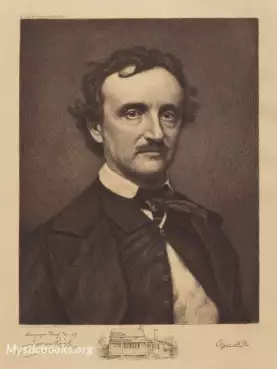
Edgar Allan Poe
United States
Poe and his works influenced literature around the world, as well as specialized fields such as cosmology and cryptography. He and his work appear throughout popular culture in literature, music, film...
Books by Edgar Allan PoeDownload eBooks
Listen/Download Audiobook
Related books
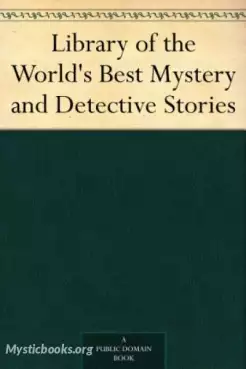
Library of the World's Best Mystery and Detective Stories, Volume 01 by Anonymous
In the six volumes of the Library of the World's Best Mystery and Detective Stories, Julian Hawthorne presents us thrilling and mysterious short stori...

Visible and Invisible by E. F. Benson
It is an intriguing collection of supernatural stories that will captivate the imagination of young readers. Written by renowned author E.F. Benson, t...
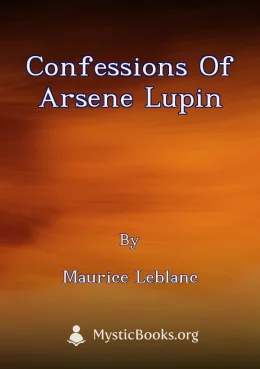
Confessions of Arsene Lupin by Maurice Leblanc
This collection of nine short stories, or confessions, follows the exploits of the legendary gentleman thief Arsene Lupin. Known for his cunning inte...
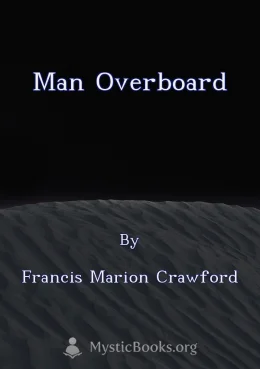
Man Overboard by Francis Marion Crawford
In 'Man Overboard,' a storm on the schooner Helen B. Jackson leaves a crewmember missing. The crew suspects one of the twin Benton brothers vanished...
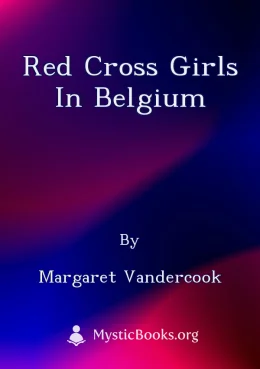
Red Cross Girls in Belgium by Margaret Vandercook
This book follows the experiences of four American Red Cross volunteers working in Belgium during World War I. As they navigate the challenges of war-...

Dyke Darrel the Railroad Detective - Or, The Crime of the Midnight Express by A. Frank Pinkerton
Dyke Darrel investigates an audacious train robbery that included the murder of a friend, and embarks on a man-hunt. High Victorian serial melodrama a...
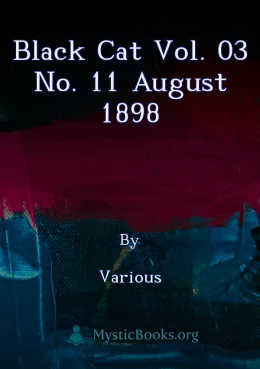
Black Cat Vol. 03 No. 11 August 1898 by Various
This issue of "The Black Cat" features six diverse short stories that delve into themes of revenge, humor, drama, and suspense. Readers encounter a co...
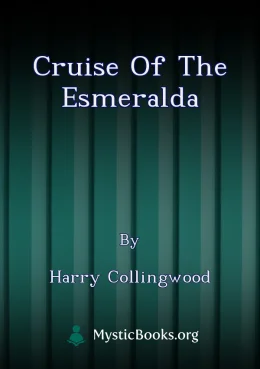
Cruise of the Esmeralda by Harry Collingwood
Captain Saint Leger and his family embark on a thrilling adventure to find a long-lost treasure, following clues left by their ancestor. Along the way...
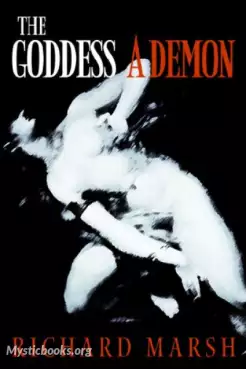
The Goddess: A Demon by Richard Marsh
The Goddess: A Demon is a novel by Richard Marsh. It was originally serialized in Manchester Weekly Times and Salford Weekly News in twelve installmen...
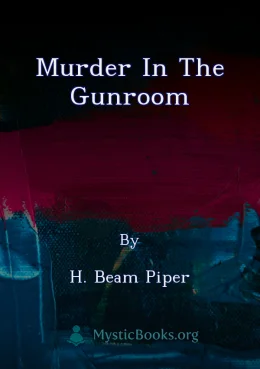
Murder in the Gunroom by H. Beam Piper
The Lane Fleming collection of early pistols and revolvers was one of the best in the country. When Fleming was found dead on the floor of his locked...
Reviews for The Murders in the Rue Morgue
No reviews posted or approved, yet...